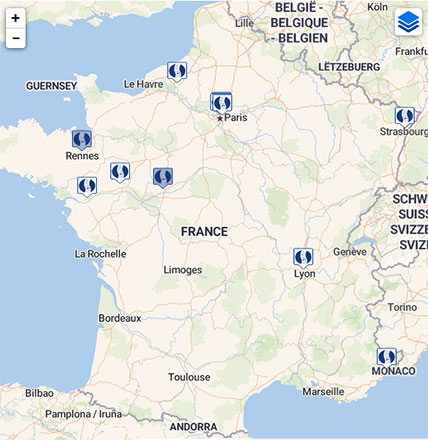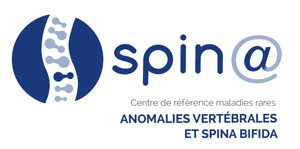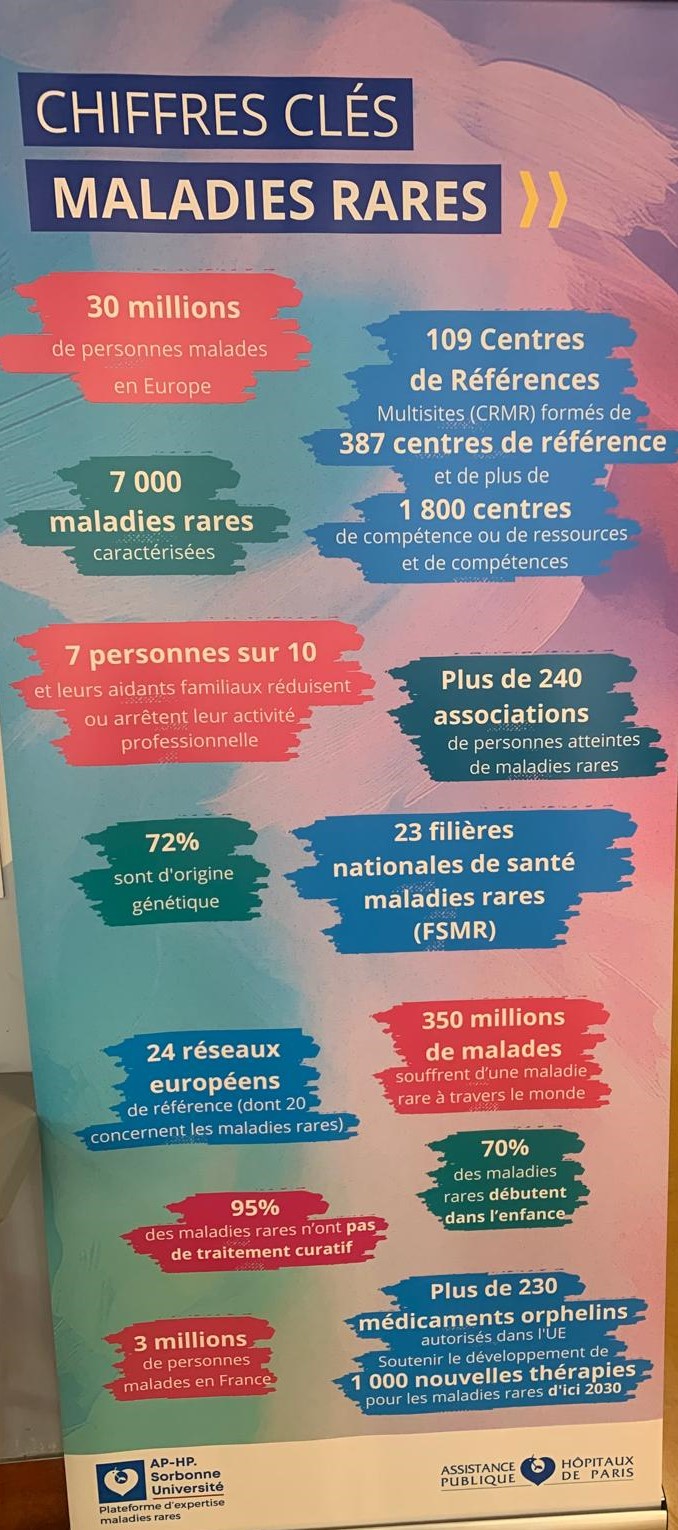
Actualités
-
3ème Journée PRIUM : Mercredi 4 juin 2025
Le mercredi 4 juin, le centre coordonnateur Spin@ et en collaboration avec l’association de patients « Spina Bifida et Handicaps associés », a organisé la troisième édition de la journée PRIUM (Programme de Réparation In Utero des Myéloméningocèles). Une journée festive dédiée aux jeunes patients avec myéloméningocèle (également appelé spina-bifida) et à leurs familles avec […]
-
2ème Journée scientifique du CRMR SPIN@ Anomalies Vertébrales et Spina Bifida
Le CRMR SPIN@ a organisé le vendredi 21 mars 2025 la 2ème journée scientifique du CRMR à l’hôpital Clocheville –…
-
Journée Internationale des Maladies rares
Dans le cadre de la journée internationale des maladies rares, le CRMR Spin@ a participé, le 5 mars 2025, à…
-
Cinquième séminaire international de chirurgie fœtale à Zurich
L’équipe de chirurgie fœtale de réparation des myéloméningocèles de Trousseau (Dr Lucie Guilbaud et Pr Jean-Marie Jouannic) ont été invités…
Nos publications
Molecular insights into myelomeningocele via proteomic analysis of amniotic fluid
Dans: J Proteomics, p. 105372, 2025, ISSN: 1876-7737.
Dans: Spine Deform, vol. 12, no. 3, p. 689–697, 2024, ISSN: 2212-1358.
Carte interactive
Retrouvez l’ensemble des centres constituant le CRMR Spin@ sur notre carte géographique interactive





